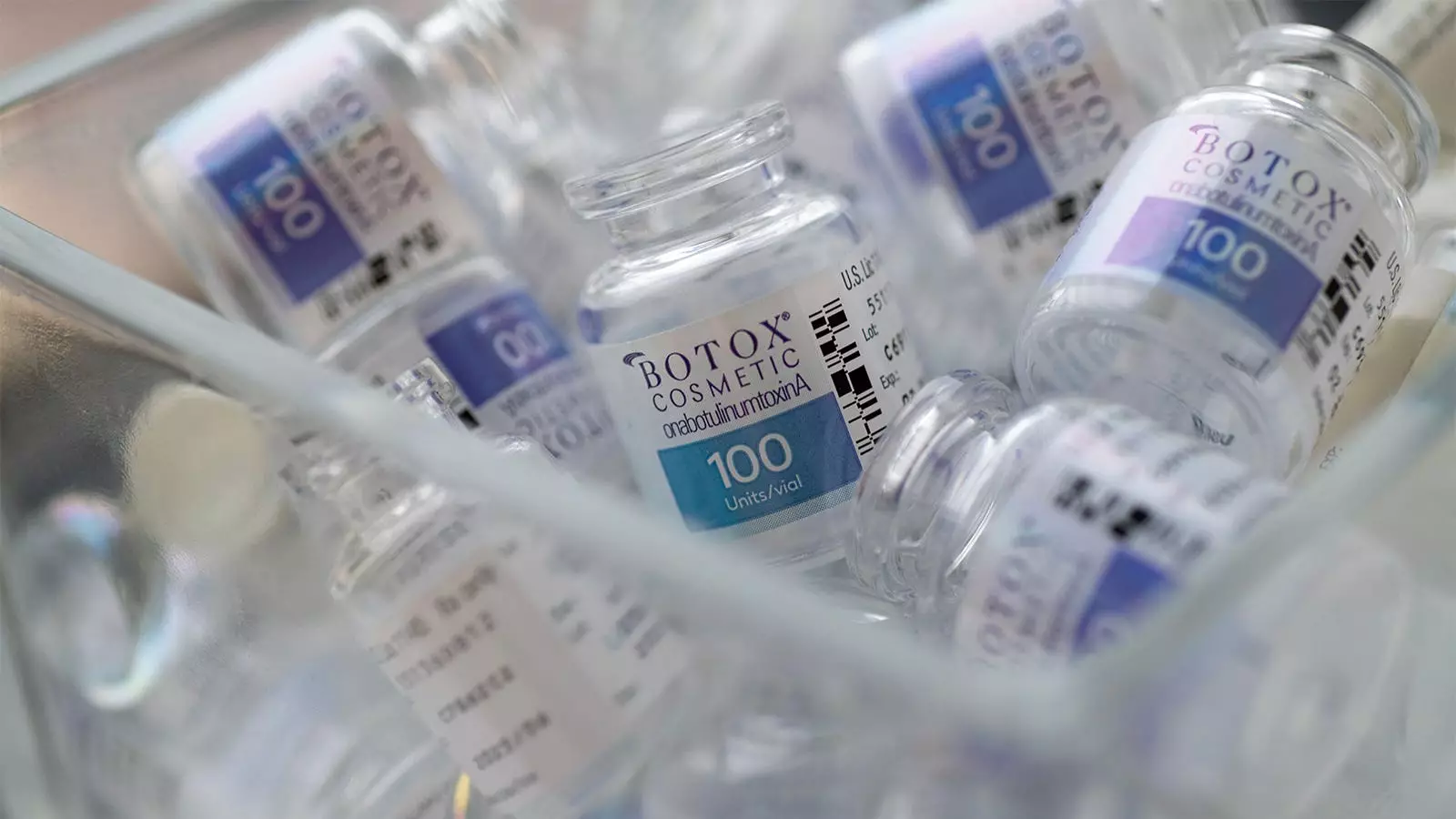The tale of botulinum toxin, commonly branded as Botox, is a compelling blend of serendipity and tragedy. In December 1895, a food poisoning incident struck a Belgian brass band after a performance at a funeral in Ellezelles. Unbeknownst to them, the salted, uncooked ham they consumed harbored a deadly toxin from the bacteria now recognized as Clostridium botulinum. The musicians experienced an alarming array of symptoms—ranging from vomiting and double vision to severe muscle paralysis—leading to the unfortunate demise of three band members. This event, although tragic, marked the beginning of a new understanding in the field of medicine, particularly regarding how clinical insight could lead to revolutionary treatments.
The Role of Clinical Insight
The discovery of botulism as a medical condition came only after local health authorities sought the expertise of microbiologist Émile van Ermengem. His investigation revealed the presence of a previously unidentified bacterium in both the contaminated ham and the corpses of the deceased. This meticulous research not only established the link between the neuromuscular syndrome and the consumption of contaminated food but also birthed the scientific exploration of the toxin’s therapeutic potential. Today, botulinum toxin is primarily known for its cosmetic applications; yet, its path to prominence underscores the significant interplay between scientific diligence and the often-overlooked human element in medicine.
From Spasms to Aesthetic Appeal
Fast forward to 1987, and we witness a pivotal moment in the evolution of Botox courtesy of Canadian ophthalmologist Dr. Jean Carruthers. Initially exploring the use of botulinum toxin to treat eyelid spasms, Dr. Carruthers’ practice transformed dramatically following a singular patient encounter. While seeking treatment for her spasms, a patient casually mentioned that Botox injections into her forehead diminished her wrinkles. This seemingly offhand observation ignited a revolutionary shift in cosmetic procedures. Dr. Carruthers’ willingness to listen and thoughtfully engage with her patient allowed her to discover an invaluable and innovative application of Botox.
The significance of this event extends beyond the individual procedure; it highlights the critical importance of doctor-patient relationships in medical progress. Carruthers’ attentiveness paved the way for Botox to become the gold standard in wrinkle reduction, defining modern aesthetic medicine as we know it.
The rise of Botox encapsulates the broader theme of serendipity in medical science. Many groundbreaking discoveries, from antibiotics to advanced imaging technologies, have arisen through unexpected insights and observations. However, the Botox narrative is particularly notable as it emphasizes a symbiotic relationship between physicians and patients.
Dr. Rana Awdish, a physician and author who specializes in enhancing doctor-patient communication, stresses that such serendipitous moments frequently occur in clinical settings. Patients may share symptoms or background information that can lead to pivotal diagnoses, contingent upon the establishment of trust and ample interaction time. Unfortunately, modern healthcare’s focus on efficiency often undermines these crucial elements.
The evolving landscape of healthcare presents significant challenges to nurturing the doctor-patient bond. Increasingly, physicians are held to tight schedules, driven by productivity metrics and administrative pressures. This environment leaves little room for the depth of engagement necessary to cultivate the trust that fosters serendipity. In a post-pandemic world, there is an alarming decline in public trust towards healthcare providers. The 2024 survey conducted by Massachusetts General Hospital reveals how public perceptions of the medical establishment have eroded, reminiscent of how Carruthers’ patient approached her treatment—relying on trust and rapport.
To safeguard the invaluable moments of insight that serendipity can produce, it is imperative for both healthcare systems and practitioners to prioritize relational elements in patient care. A shift towards valuing meaningful interaction over sheer speed could rekindle the essential trust between doctors and their patients.
The story of Botox stands as a testament not only to scientific innovation but also to the profound impact of human engagement in medicine. Transformative medical breakthroughs are often born from simple observations, underscoring the necessity of a robust doctor-patient relationship. In a climate where trust and conversational space are at a premium, it is crucial to rework healthcare systems to allow for meaningful interactions where serendipity can thrive. As history has shown, in the collaborative realm of medicine, the most remarkable advancements often emerge from the unexpected connections between patients and physicians.

Leave a Reply